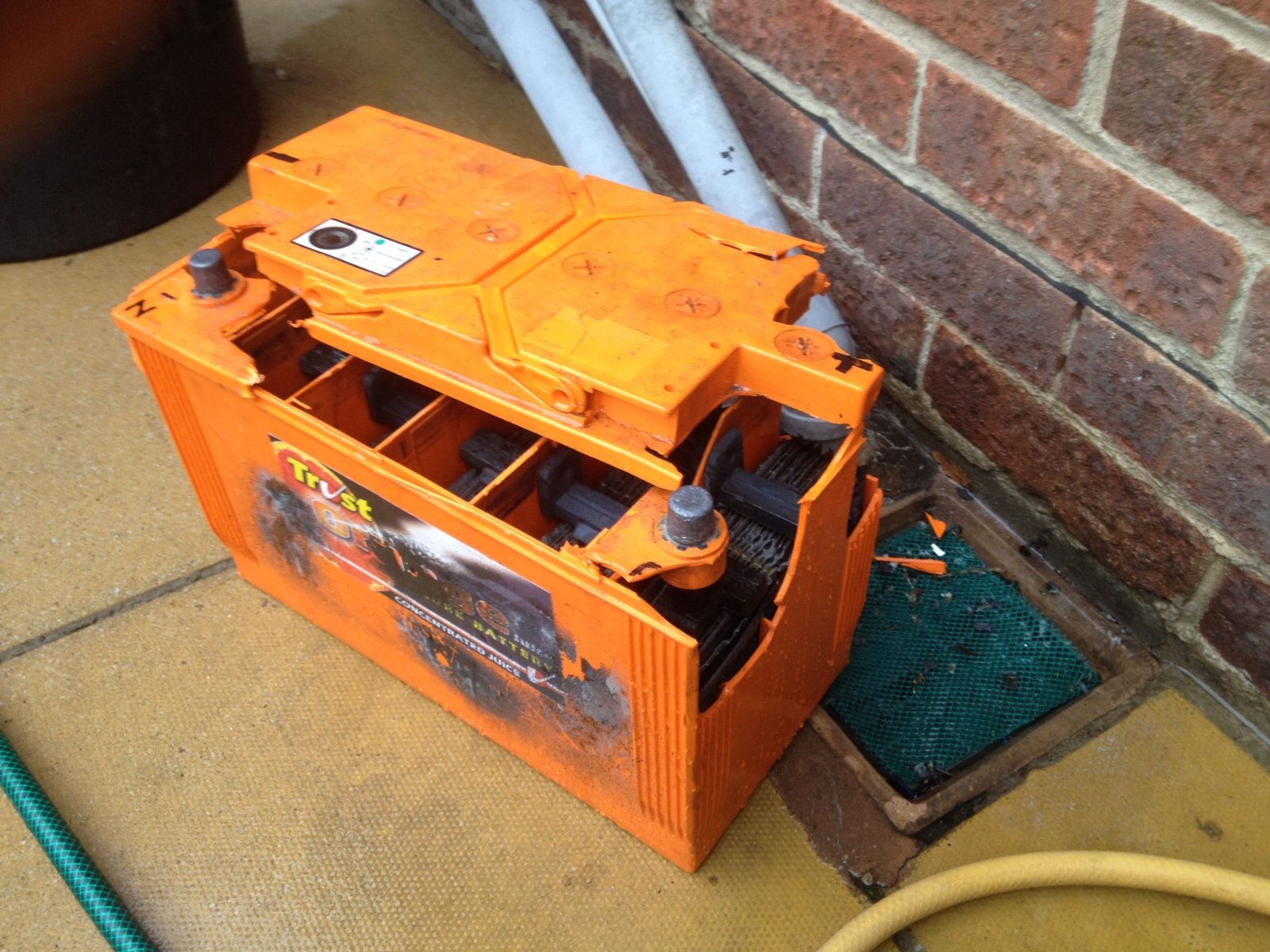- Joined
- May 26, 2014
- Messages
- 4,810
- Country Flag
Ive heard it mentioned before sc.I wonder if this is due to the parallel battery setup?

Ive heard it mentioned before sc.I wonder if this is due to the parallel battery setup?

I'm told side terminals are ok unless you want to jump start when it gets a bit tricky.
On the 24v start setup on the 80 series the RHS batt powers the air intake heater/glowplugs which alone will pull maybe 50-60A in addition to providing current to the 24v starter when linked in series so it will always take more of a kicking then the LHS batt. You may think this would adversely affect the life of the batteries at different rates but it doesn't seem to.

I'm sure on a new car the battery is better quality than what you can buy when it fails. My daughters MR2 2006 battery has only just failed. I was quoted about £1000 pair for original spec 80 batteries from my local T dealer or they could do a £150 pair alternative.
On the 24v start setup on the 80 series the RHS batt powers the air intake heater/glowplugs which alone will pull maybe 50-60A in addition to providing current to the 24v starter when linked in series so it will always take more of a kicking then the LHS batt. You may think this would adversely affect the life of the batteries at different rates but it doesn't seem to. The only reason a bigger capacity battery of the same type may not reach full charge is it would just take longer, requiring periodic external charging or just taking the car on a long(er) run now and again. When I've fitted new batteries in the past I've always gone for bigger capacity if possible as the benefits outweigh the longer charging issue IMO.
My original batteries lasted 14 years and were still good when i decided to swap them out just before I moved to Sweden. One less thing to do, possibly, after just getting here. Replacements came from toyota, but were smaller physically ( though the same capacity), and were made in france, instead of japan like the originals,
Then I left the interior lights on for 2 weeks, and they went as flat as a fart. I was in a rush, so bought 2 smaller Tudor batteries that were the only things available short notice and locally that had the correct orientation of terminals.
The very flat batteries were then put on the C-tek and bought back to life. One is now on the tractor, the other is used in the electric fence.
EDIT: Thinking about it a little more, the 80 batteries are being drawn on equally at all times, either when ignition off (parallel) so central locking alarm, or when ignition on (still parallel) so glow plugs/intake heater, or when cranking (series)
So what caused it TP ? Were you just charging it or testing it ?
